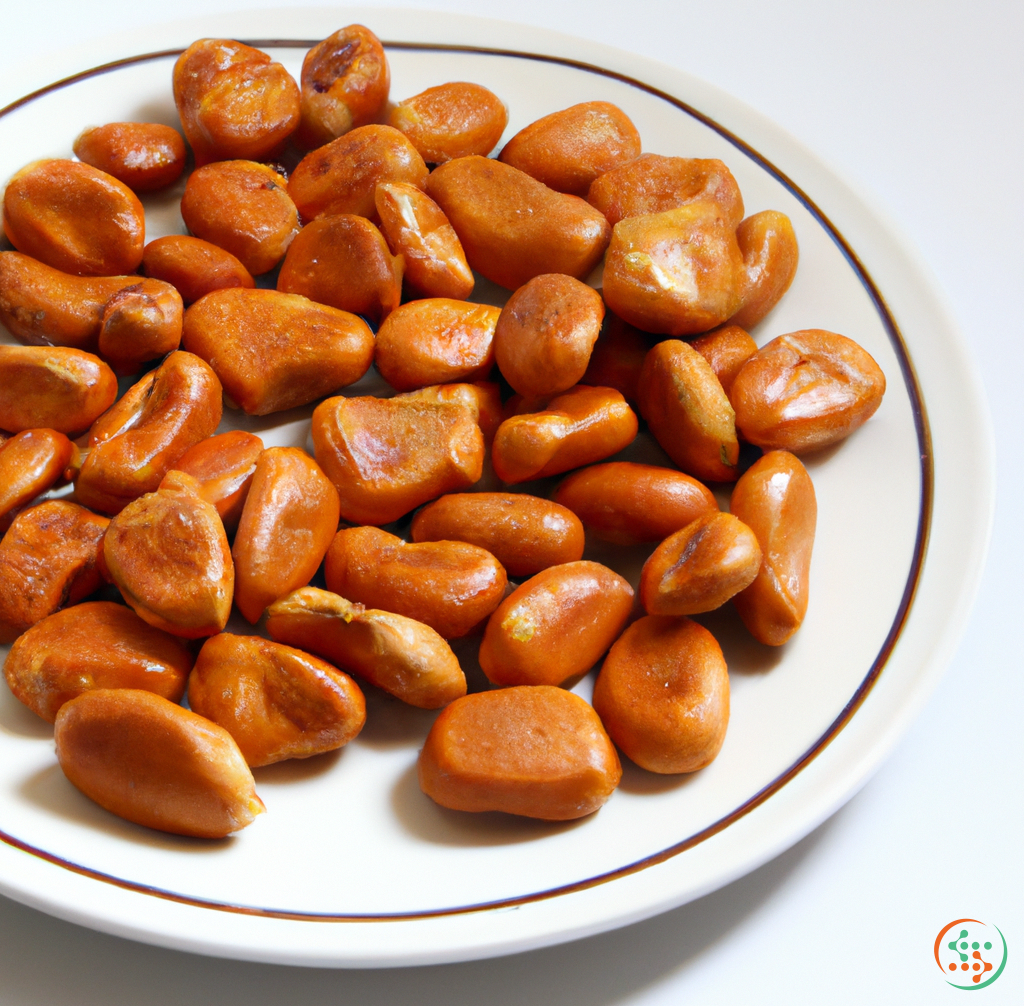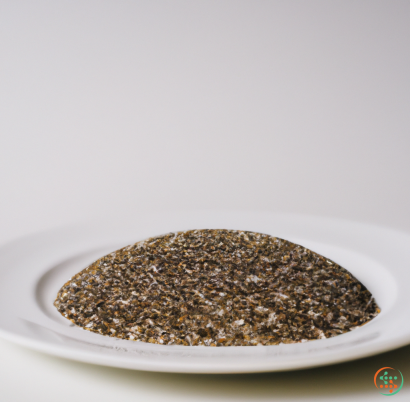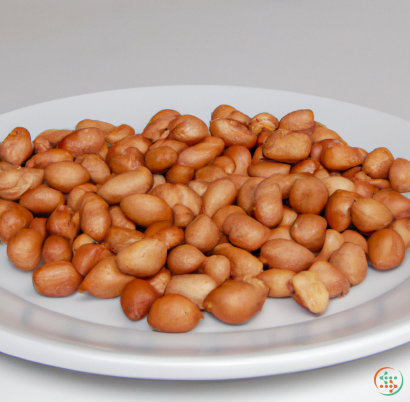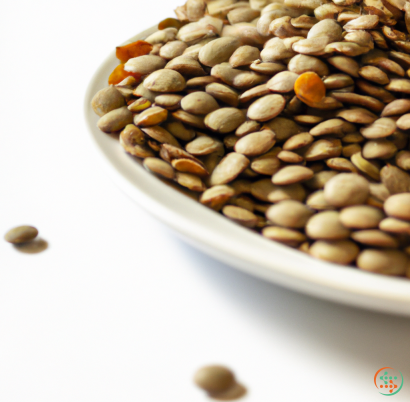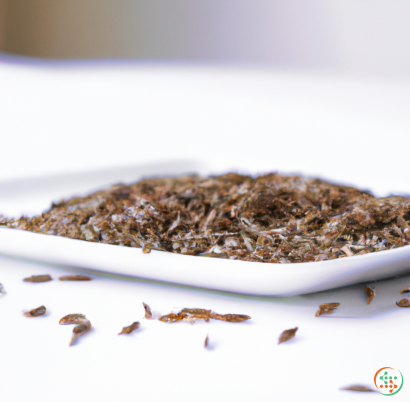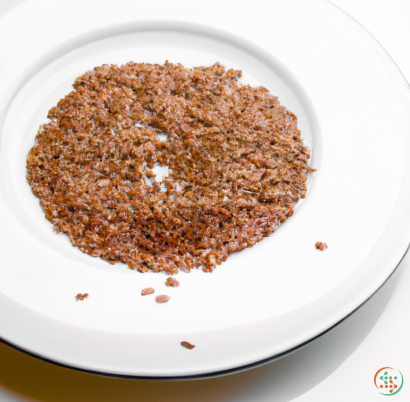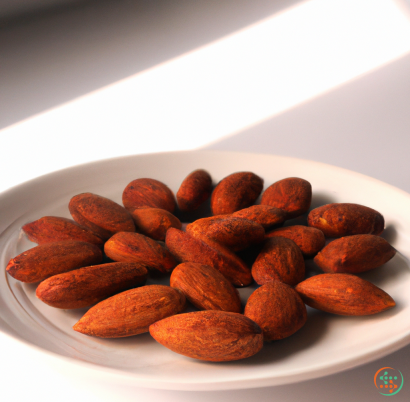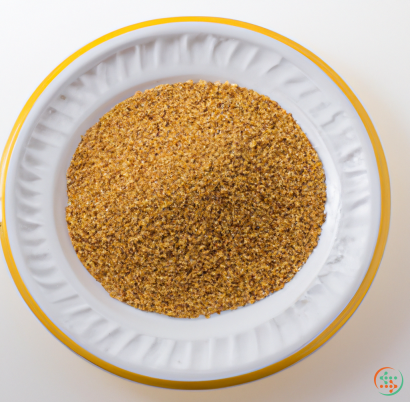Pili Nuts
, why you should eat them, and how to best prepare them
What Are Pili Nuts?
Pili nuts are a round, creamy nut native to the Philippines. They have a delicate flavor, with creamy, buttery notes and a subtle sweetness. The nuts are picked wild from centuries-old pili trees, which are native to the Eastern Visayas and Bicol regions, as well as parts of Samar, Palawan, Mindoro, and Leyte.
The nuts themselves are small and look similar to a macadamia nut but are unique in their flavor profile and their nutritional benefits. Unlike other nuts, pili nuts are packed full of healthy fats, vitamins and minerals. They’re also high in B-complex vitamins and essential minerals like manganese, iron, zinc, and magnesium.
Why You Should Eat Pili Nuts
Pili nuts are an incredibly healthy snack. They’re high in monounsaturated fats and packed with vitamins and minerals. Eating these nuts can help reduce inflammation, protect against heart disease, and improve blood sugar levels. Plus, they’re incredibly delicious!
Pili nuts are also an incredibly nutrient dense snack. They contain high amounts of vitamin E, an antioxidant that helps protect your cells from damage. Vitamin E also helps to protect your skin from UV rays and provides a boost of energy. Additionally, pili nuts are full of fiber, which helps keep you full for longer and helps with digestion.
Furthermore, pili nuts can help reduce cholesterol levels and protect against cancer. Studies have shown that pili nut extracts can inhibit cell growth in certain types of cancer cells.
How To Best Prepare Pili Nuts
One of the best ways to enjoy pili nuts is as a snack. You can eat them raw or roasted, or add them to salads and other dishes for a delicious crunch. Pili nuts are also delicious when used in baking and make a great addition to cookies and brownies.
You can also grind the pili nuts into a spread similar to peanut butter. Simply add a few tablespoons of honey, some cinnamon, and a pinch of salt to a food processor, then blend until you have a thick paste.
If you’re looking to get creative, you can try making pili nut milk. All you need is ¼ cup of pili nuts (soaked overnight in water to soften them) and 2 cups of water. Put everything in a blender, blend until smooth, and strain the milk through a nut milk bag or cheesecloth. You’ll have delicious, creamy pili nut milk that’s perfect for drinking or using in recipes.
Finally, pili nuts are also really versatile. You can use them as a coating for baked goods and fish, or even as part of a flavorful pesto sauce.
Conclusion
Pili nuts are a delicious, nutrient-dense nut native to the Philippines. They’re packed full of healthy fats, vitamins and minerals and are believed to reduce inflammation, protect against heart disease, and improve blood sugar levels. Plus, they’re incredibly versatile and can be used in a variety of dishes. Try them raw or roasted as a snack, or use them to make delicious homemade nut milk. Enjoy!
Pili nuts are a delicacy from the Philippines that are in high demand across the world. Their crunchy, delicious flavor makes them a favorite snack amongst those looking for something unique and delicious. Despite the fact that pili nuts are an incredibly popular and beloved food item, many people don't realize the journey these pili nuts take before they make it onto their dinner plate. From the time the nut is planted to the time it arrives in its final form, a series of steps take place to make this famous snack. In this blog post, we'll take a look at how a pili nut is created, from seed to snack.
Let's start with the beginning of the process. Pili nuts, whose scientific name is Canarium ovatum, are the result of a flowering tree species native to the rainforest regions of Southeast Asia, including the Philippines. This tree species can mainly be found in the mountainous regions of the country, where the elevation and conditions are ideal for growth—the mountainous regions have higher altitudes and rich, fertile soil, resulting in a better quality yield.
The tree itself is an evergreen, meaning it will bear fruit all year round. It grows to a height of between 20 and 25 meters, with a diameter between 25 and 50 centimetres. The leaves are lightweight and pale green in color, and the tree produces yellow-green flowers with a sweet scent, blooming from March to June. The Pili nuts themselves, which are the harvested fruit of the tree, are contained within a tough brown husk and resemble tiny coconuts.
Now that we know what kinds of conditions the Pili nut tree needs and how it looks, let's take a look at how it produces the actual nut. When the flowers bloom, the pollen must be transferred to the stamen in order for it to produce the nut. This is done through insects like bees and other pollinators, and when the flowers are properly pollinated, the ovaries start to form and the nut begins to grow. The size and shape of the nut depends on factors like the soil conditions, water availability, and climate, each of which affect the size and shape of the nut.
Once the nut has been formed, it takes about 4 months for it to ripen and become ready for harvesting. The nuts are usually harvested by hand between July and October, when the husks are tough and the color is a dark brown. At this point, it's ready to be processed and packaged.
The first step here is to carefully separate the husk from the nut itself. This is done by hand and can be quite a labor intensive process since it requires careful attention to ensure the nut isn’t damaged in the process. Once the nut is removed, it is then dried, either by sun drying or by a mechanical process. The nut is then cleaned and inspected for any damage and finally, packaged.
After the packaging stage, it's time for the pili nuts to travel to their final destination—the dinner plate. Here's where the shipping comes in. The pili nuts are usually shipped by air or by sea, depending on their destination and how quickly they need to get there. Air shipments require special handling as the nuts must be put in vacuum-sealed containers, cooled, and packaged in styrofoam for maximum protection during the journey. The only downside to air shipping is the cost, though the price is usually worth it for those who want the freshest pili nuts.
Sea shipments, on the other hand, take longer but are often much more affordable. Here, the nuts are usually put in wooden crates for shipping and are loaded onto cargo ships for transport. The crates are lined with styrofoam and other insulating materials to ensure the nuts remain fresh during the journey.
Once the pili nuts have made it to their destination, they are ready to be sold in stores and enjoyed by consumers. From start to finish, the journey of a pili nut–from seed to plate–is quite something! From the time the tree bears fruit to the time the finished product is enjoyed, a lot of hard work has gone into making sure that this unique and delicious snack arrives in perfect condition.
At the end of the journey, there's nothing quite like cracking open a pili nut and savoring its crunchy, creamy flavor. Every step of the way—from the moment the nut is planted to the moment it's packaged and shipped—ensures that the pili nut will arrive in perfect condition, ready to delight the taste buds of its many fans.
| Vitamin A | 0.002 mg | |
| Vitamin C | 0.6 mg | |
| Vitamin B1 | 0.91 mg | |
| Vitamin B2 | 0.09 mg | |
| Vitamin B3 | 0.52 mg | |
| Vitamin B5 | 0.48 mg | |
| Vitamin B6 | 0.12 mg | |
| Vitamin B9 | 0.06 mg |
| Calcium | 0.145 grams |
Daily Value 1.3 g
|
| Iron | 0.00353 grams |
Daily Value 0.018 g
|
| Magnesium | 0.302 grams |
Daily Value 0.4 g
|
| Phosphorus | 0.575 grams |
Daily Value 1.25 g
|
| Potassium | 0.507 grams |
Daily Value 4.7 g
|
| Sodium | 0.003 grams |
Daily Value 2.3 g
|
| Zinc | 0.00297 grams |
Daily Value 0.011 g
|
| Copper | 0.96 mg |
Daily Value 0.9 mg
|
| Manganese | 0.00231 grams |
Daily Value 0.0023 g
|
| Tryptophan | 0.189 grams | |
| Threonine | 0.407 grams | |
| Isoleucine | 0.483 grams | |
| Leucine | 0.89 grams | |
| Lysine | 0.369 grams | |
| Methionine | 0.395 grams | |
| Cystine | 0.189 grams | |
| Phenylalanine | 0.497 grams | |
| Tyrosine | 0.381 grams | |
| Valine | 0.701 grams | |
| Arginine | 1.516 grams | |
| Histidine | 0.255 grams | |
| Alanine | 0.509 grams | |
| Aspartic Acid | 1.222 grams | |
| Glutamic Acid | 2.393 grams | |
| Glycine | 0.65 grams | |
| Proline | 0.471 grams | |
| Serine | 0.599 grams |
| Total Sugars | 0.131141 grams |
per 100g
|
| Palmitic acid (16:0) | 22.04 grams |
|
| Stearic acid (18:0) | 9.15 grams |
|
| Total Saturated fatty acids: | 31.19 g | |
| Oleic acid (18:1) | 37.23 grams |
|
| Total Monounsaturated fatty acids: | 37.23 g | |
| Linoleic acid (18:2) | 7.61 grams |
|
| Total Polyunsaturated fatty acids: | 7.61 g | |
